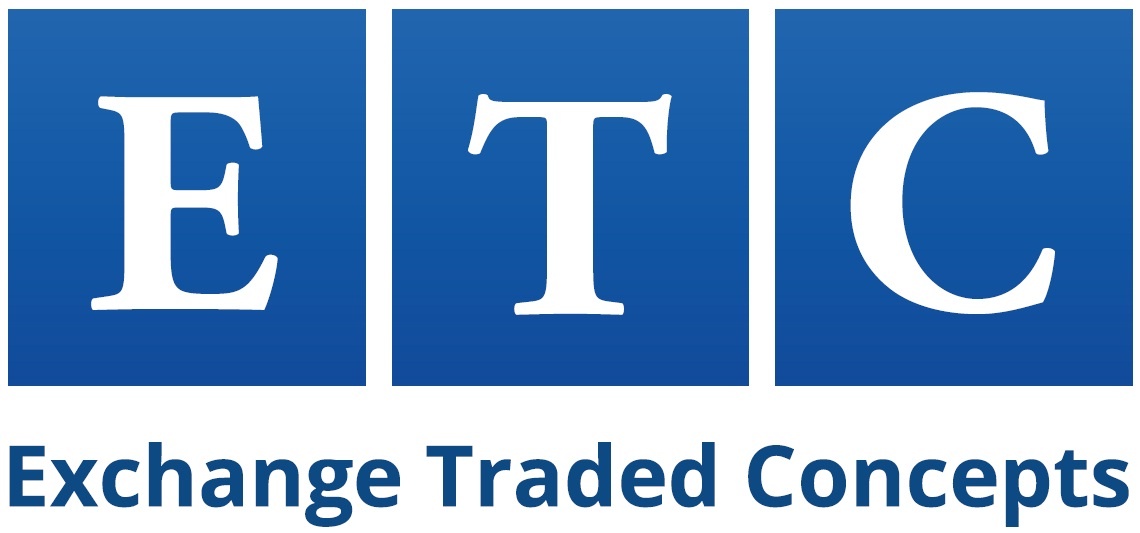Today's new ETF listings from around the world
USA
American Energy Independence ETF
SL Advisors is listing a new ETF that claims to track American energy independence, the
American Energy Independence ETF (USAI)
.
Editors note: an earlier version of this article incorrectly stated that Exchange Traded Concepts is listing USAI. This is incorrect. SL Advisors is listing USAI while ETF Series Solutions, a trust associated with Exchange Traded Concepts, is the registrant. We regret the errors.
USAI tracks US and Canadian energy infrastructure companies "that generate a majority of their cash flow from certain qualifying 'midstream' energy infrastructure activities," the prospectus says. Midstream refers to the processing, storage, transportation, and distribution of oil and coal.
While targeting midstream energy infrastructure companies, only certain types of midstream activities qualify. Gathering & processing, compression, fractionation, logistics, midstream services, pipeline transportation and storage all qualify. But refining, shipping, exploration, production and retail distribution all do not.
Within this midstream universe, USAI can invest only in companies with more than $500m market capitalisation and 25% of the fund will be invested in Canadian companies. Companies will be weighted by market cap.
Analysis: a Republican Policy ETF in disguise
When President Obama said that a primary aim of his presidency was to achieve "energy independence" it never made much sense. Oil and coal - like most commodities - are bought and sold on the international market, with their prices determined by supply and demand. As such, how a country could be "energy independent" while partaking in international trade left some scratching their heads.
Something similar could be said of USAI. If USAI wants to track American energy independence why does it invest 25% in Canadian companies? And why does it target companies that store and transport oil rather than those producing it?
Rather than energy independence, USAI seems to be a political ETF in disguise. Conventional wisdom holds that Republicans are good for dirty energy (coil, oil, gas) and Democrats good for clean energy (solar, wind, renewables). Given that the current US president has made every indication that he'll support oil and gas, this ETF seems to be well-timed. This speculation seems to be confirmed by the prospectus, which contains a revealing line: "The companies in the Index are expected to benefit from regulatory policies favoring and industry trends toward American energy independence".
Pacer Financial lists multi-asset ETF
Pacer is listing a new multi-asset ETF that will switch between US equities and T bills depending on market conditions, the
Pacer Wealth Shield ETF (PWS).
In determining whether to invest in T bills or equities, PWS measures the risk ratio between the S&P US High Yield Corporate Bond Index and the S&P US Treasury Bond 7-10 Year Index. When the risk ratio is above its five-month moving average, PWS will buy equities. When the risk ratio is below the five-month average it will move into T bills.
When PWS chooses equities, it chooses from the five sectors from the list below based on best performance.
S&P 500 Energy Sector Total Return Index
S&P 500 Materials Sector Total Return Index
S&P 500 Information Technology Sector Total Return Index
S&P 500 Industrials Sector Total Return Index
S&P 500 Financials Sector Total Return Index
S&P 500 Health Care Sector Total Return Index
S&P 500 Utilities Sector Total Return Index
S&P 500 Real Estate Sector Total Return Index
S&P 500 Consumer Staples Sector Total Return Index
S&P Biotechnology Select Industry Total Return Index
S&P 500 Consumer Discretionary Sector Total Return Index
Dow Jones Internet Composite Index
S&P 500 Telecommunication Sector Total Return Index
Each of the five sectors chosen gets an equal weighting. But if the value of any of the sub-indexes falls below its 7-month average, the 20% weighting it would have received is stashed in T-bills instead.
When PWS invests in T bills it invests 100% of its funds in the S&P US Treasury Bond 20+ Year Total Return Index. If the index falls below its seven-month average, PWS invests 100% in 3-month T bills instead.




